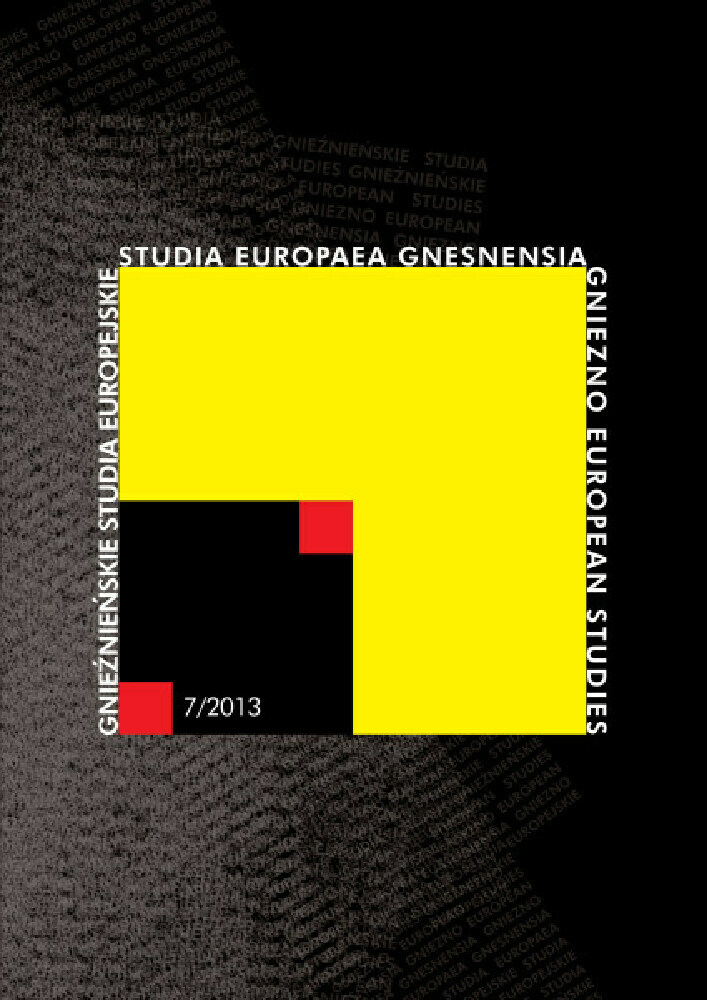Abstrakt
When considering the relationship of the city and nature, I analyse the ways in which nature appears in urbanised space. It may be tentatively presumed that nature appears in the city in three forms. Being an integral decorative and structural element, nature has its “socialized” aspect, subordinated to the urban structure, and “privatised”, for instance in the home gardens. The third form is the live, sometimes even wayward nature, which manifests itself in the forgotten wastelands as well as climatic conditions and elements. Those three forms are confronted with the concept of Gernot Böhme who, giving a short historical outline of the process in which nature penetrated and entered the city tissue, points to two mechanisms he denoted as „bringing nature into the city” and „transferring the city into nature”. Drawing on that proposition, I deliberate how nature exists and manifests itself in the city, especially with respect to the concept of public parks and their rapid development in the 19th century. The “green islands” of city parks, although they seem a space liberated from the city and its processes, are city’s utterly subordinated surrogate of what is natural in the place of residence. In the context of the nature-city relationship, similar observations can be made with regard to E. Howard’s concept of garden cities, based on social eugenics and lifestyle hygiene, which was concerned with lucid structure and functionality of the city rather than building a harmonious relationship between the human settled in the urban space and nature, which ensured its harmonious development. The analysis of city parks and the concept of the garden city permits me to move on to another idea suggested by Böhme – the park city. This is a component of a utopian vision of a new relationship between the city and nature, devised upon the idea of “extended ecological vision of the city” where the city is construed as part of nature. Although Böhme’s suggestion is apparently a compromise, it still does not yield the conditions, in which one would find interpenetration of the city and nature as equal entities. It seems impossible without a limitation or degradation of either sphere.
Bibliografia
Bauman Z., Globalizacja. I co z tego dla ludzi wynika?, transl. by E. Klekot, Warszawa 2000, p. 49.
Benjamin W., Paryż — stolica dziewiętnastego wieku, transl. by H. Orłowski, in: idem, Anioł historii. Eseje, szkice, fragmenty, Poznań 1996, p. 322.
Böhme G., Relacja człowiek–przyroda na przykładzie miasta, [in:] idem, Filozofia i estetyka przyrody w dobie kryzysu środowiska naturalnego, transl. by J. Merecki, Warszawa 2002, p. 46–65.
Charageat M., Sztuka ogrodów, transl. by A. Morawińska, H. Pawlikowska, Warszawa 1978, p. 214.
Conway H., Everyday Landscapes: public parks from 1930 to 2000, Garden History 28/1, 2000.
Czyżewski A., Trzewia Lewiatana. Antropologiczna interpretacja utopii miasta-ogrodu, Kraków 2001, p. 13.
Frydryczak B., The Picturesque: refleksja estetyczna na rzecz parków krajobrazowych, [in:] L. Sosnowski, A. Wójcik (eds), Ogrody. Zwierciadło kultury. Zachód 2, Kraków 2008, p. 245–274.
Giddens A., Nowoczesność i tożsamość. “Ja” i społeczeństwo w epoce późnej nowoczesności, transl. by A. Szulżycka, Warszawa 2007, p. 227.
Macnaghten P., Urry J., Alternatywne przyrody. Nowe myślenie o przyrodzie i społeczeństwie, transl. by B. Baran, Warszawa 2005, p. 46.
Majdecki L., Historia ogrodów, Warszawa 1972, p. 400, Fig. 318.
Mumford L., The City in History, Its Origins, its Transformations, and its Prospects, London 1961, p. 586.
Quest-Rtison Ch., The English Garden. A Social History, London 2003, s. 204.
Sennett R., Ciało i kamień. Człowiek i miasto w cywilizacji Zachodu, transl. by M. Konikowska, Gdańsk 1996, p. 260.
